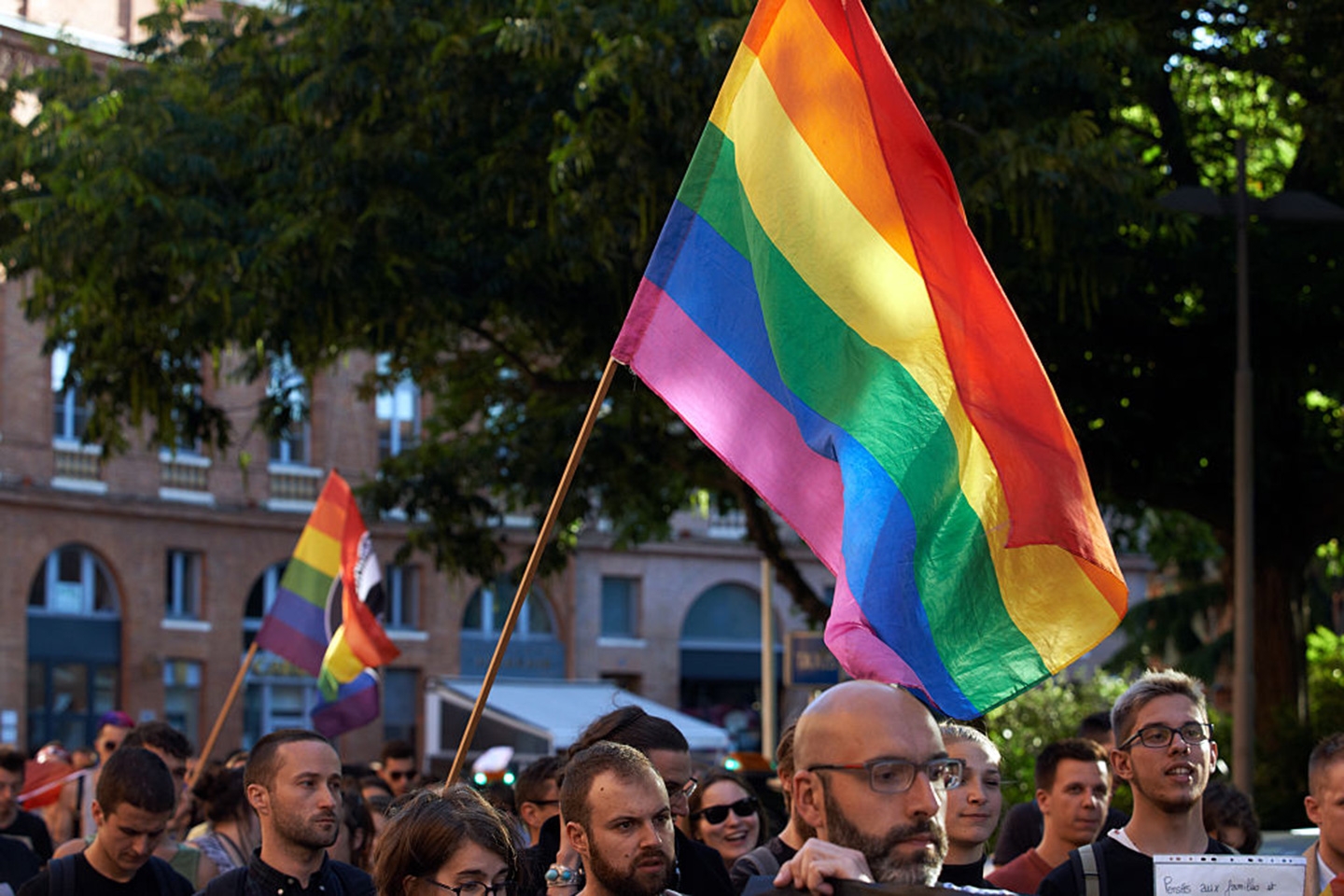June is Pride Month, where members and allies of the LGBTQ community around the world come together to celebrate with parades, parties, festivals, and picnics.
This month also marks one year since 49 people were killed in a mass shooting at a gay nightclub in Orlando, Florida on June 12, 2016. The victims were honored last week in rainbow-hued memorials and guarded by supporters dressed as angels around the country; at the scene of the nightclub itself, gathering of a few hundred people huddled together, remembering those who lost their lives to the worst terror attack on American soil since 9/11.
In honor of the LGBTQ community as a whole, Great Big Story produced a video that explores the history behind the rainbow flag, including how it became a symbol of hope, resilience, and ongoing pride for the LGBTQ community in every corner of the globe.
It’s origins date back to the 1977 Pride March in San Francisco and the efforts of activist Gilbert Baker to create a unifying image for the event.
See for yourself.
This article was featured in the InsideHook newsletter. Sign up now.
